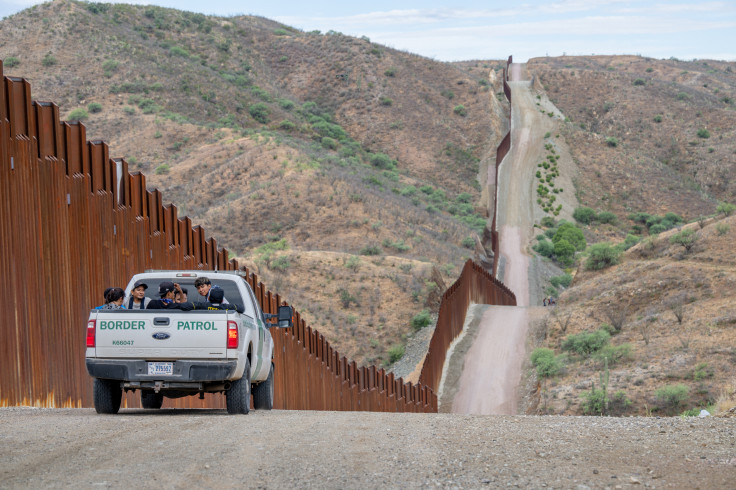Texas Sees Increase In Border Apprehensions In August As National Figures Rise Slightly
The Rio Grande Valley and Del Rio sectors saw 4% and 6% increases, respectively. It's still much lower than the historical records seen in December

Authorities in the Texas border saw a slight increase in apprehensions in August, mirroring the national trend, but figures are still much lower than the records reached in December.
Concretely, agents in the Rio Grande Valley Sector encountered 5,244 migrants last month, a 4% increase compared to July's 5,032. The Del Rio Sector, in turn, saw a 6% increase, apprehending 7,666 migrants compared to 7,236 in July. September's figures are still 71% and 89% lower than December.

U.S. Customs and Border Protection (CBP) reported that Border Patrol agents recorded about 58,000 apprehensions between ports of entry in August at the national level, up from 56,399 in July but significantly lower than the record 250,000 encounters last December 2023. CBP estimates that the figure for 2024 will be the lowest since the end of the Trump administration.
Additionally, CBP reported encountering 40,000 migrants at ports of entry along the southern border, with another 51,000 deemed inadmissible or admitted under parole programs.
According to Border Report, the Del Rio Sector was the fourth busiest one on the southwest border behind San Diego, El Paso and Tucson. The Rio Grande Valley one was fifth. Texas authorities have been touting Governor Greg Abbott's Lone Star Operation as the main reason for border crossings dropping, saying it has led to an almost 90% decline from its peak.
The state has resorted to several methods to that end, including erecting concertina wire across the border, floating buoys in the Rio Grande and bussing migrants to Democratic-led cities up north. In fact, state authorities continued to erect concertina wire this week along the Rio Grande and El Paso area.
However, a recent report by the Washington Office on Latin America (WOLA) is disputing the state's claim, saying that even though it is true that figures have gone down, they are part of a broader, national trend and not a result of its specific policies.
The report analyzed Customs and Border Protection (CBP) figures to reach its conclusions. "All states are seeing declining Border Patrol apprehensions, and Texas's rate of decline is typical, despite the state government's multi-billion-dollar 'Operation Lone Star' border crackdown."
A look at "apprehensions by state reveals that Texas has not experienced a steeper migration decline than Arizona, where the Democratic governor has not pursued similar hard-line measures," the report adds.
To illustrate this, it provides a chart showing that crossings have decreased by 84% in Arizona between December and July, compared to 86% in Texas. California has seen a 55% decrease while New Mexico, which borders with Texas, saw an 8% increase.
© Latin Times. All rights reserved. Do not reproduce without permission.





















